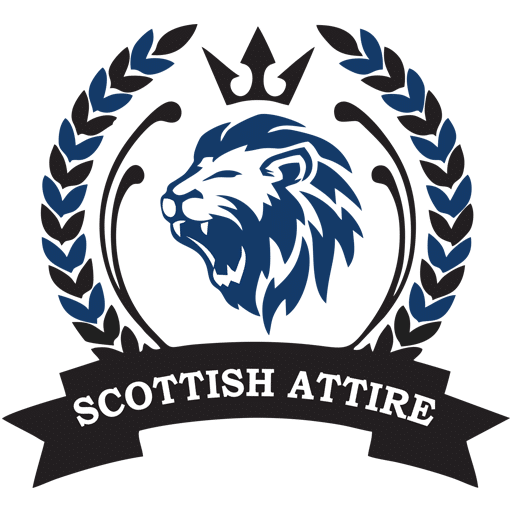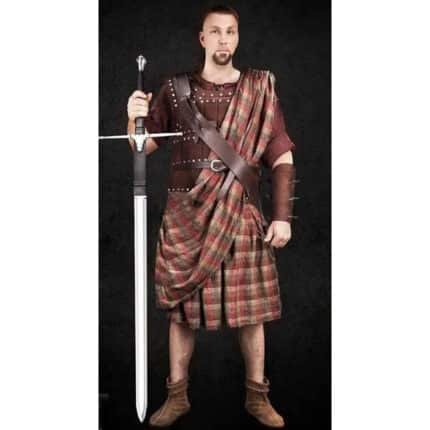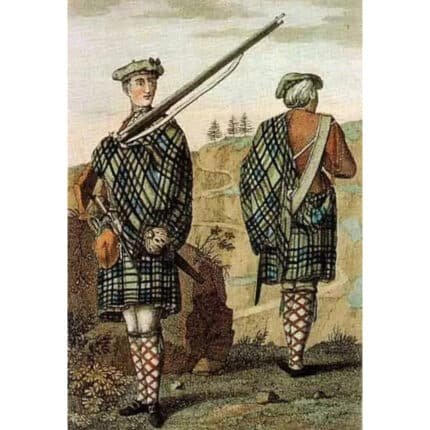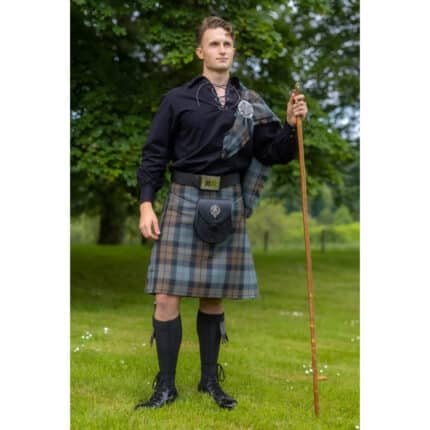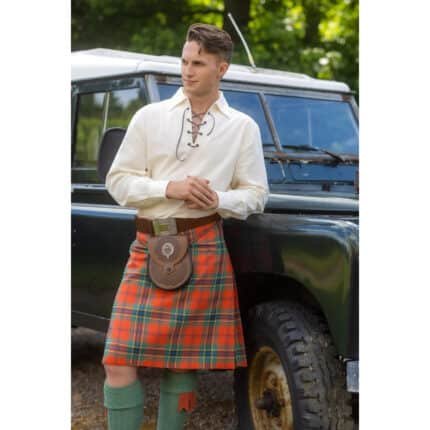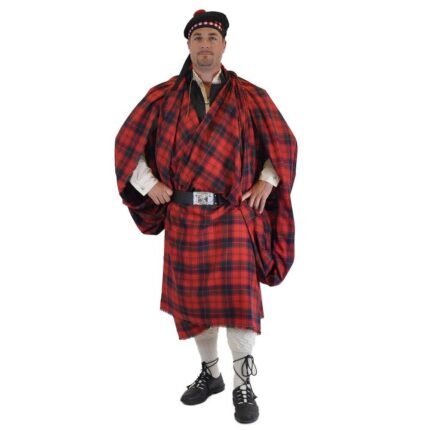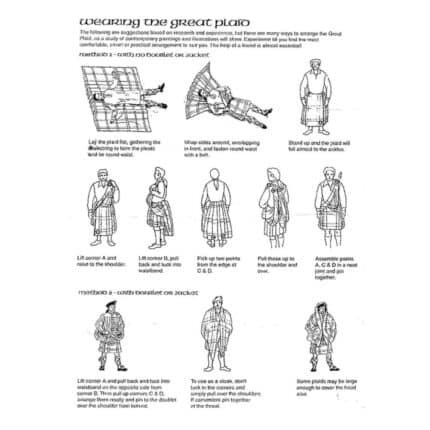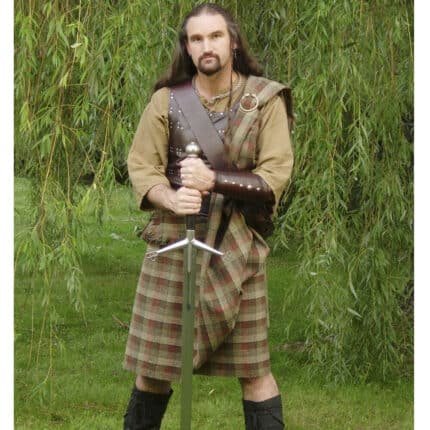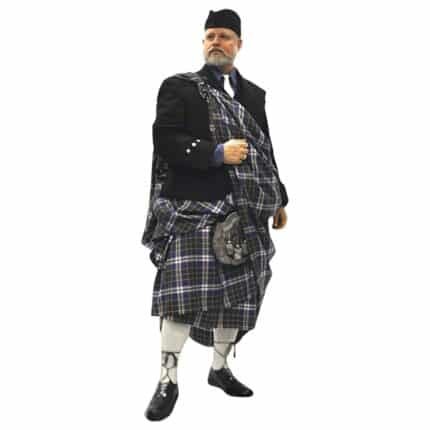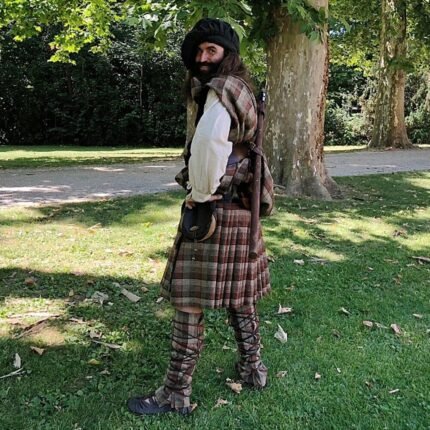GREAT KILTS
Wool traditional great kilt
Wool traditional great kilt, a traditional Scottish garment, holds a rich history and cultural significance that transcends time. Originating in the 16th century, it served as a versatile and practical piece of clothing for the Highlanders, doubling as a garment for warmth and a makeshift sleeping bag. Woven with intricate tartan patterns, it became a symbol of familial pride and identity. Our collection pays homage to this storied tradition, offering a diverse range of great kilts that blend timeless designs with modern flair. From classic tartans reflecting historical lineages to contemporary interpretations with vibrant colors, our collection captures the essence of Scottish heritage while catering to the style preferences of today’s discerning individuals. Explore the pages ahead to discover the artistry, craftsmanship, and cultural resonance woven into each fold kilts.
Material for great kilts
The traditional great kilts, steeped in Scottish heritage, is often crafted from high-quality wool. Wool’s unique properties make it an ideal choice for this garment. Known for its natural insulation, wool ensures that the wearer remains comfortably warm, making the great kilt suitable for a variety of weather conditions. Additionally, wool has a distinctive ability to wick moisture away from the body, keeping the wearer dry and comfortable. This breathability is particularly advantageous during outdoor activities, such as traditional Scottish games or ceremonies. The durability of wool also contributes to the longevity of the great kilt, making it a reliable and long-lasting garment.
Modern Materials
In contemporary times, it have evolved to incorporate a range of materials beyond traditional wool. Blends of wool and other fibers, such as polyester or nylon, are common, offering a balance between the natural properties of wool and the advantages of modern synthetic materials. These blends often enhance the garment’s durability, ease of care, and affordability. Additionally, synthetic options provide alternatives for individuals with wool allergies or those seeking a vegan-friendly choice, broadening the accessibility of traditional great kilt to a diverse audience.
Features
Constructed with meticulous attention to detail, the formal great kilt features various pleating styles, allowing wearers to customize their look. The choice between box pleats and knife pleats, for instance, not only influences the visual appeal but also impacts the overall comfort and flexibility of the garment. Fastening methods, including leather straps and buckles, contribute to the practicality of wearing it, ensuring a secure fit that adapts to different body shapes. These thoughtful design elements, combined with the rich history encapsulated in the tartan patterns, make it a distinctive and cherished garment that seamlessly bridges tradition and contemporary style
Cleaning Instructions for Different Materials
Taking care of your belted kilt involves understanding the specific cleaning needs of the materials used. For wool great kilt, it’s essential to prioritize gentle care to maintain the fabric’s integrity and longevity. Begin by airing out your kilt after each use to prevent odors and allow any moisture to evaporate.
When it comes to cleaning, spot cleaning is often sufficient for minor stains. However, if a thorough cleaning is necessary, hand wash the kilt in cold water using a mild detergent specially formulated for wool. Avoid wringing or twisting the fabric, as this can distort its shape. Gently press out excess water and lay the kilt flat on a clean, dry towel to air dry. Keep in mind that excessive exposure to sunlight may cause colors to fade, so store your kilt in a cool, dark place when not in use.
Maintenance of Fastening Mechanisms
Ensuring the longevity and functionality of the fastening mechanisms on your wool great kilt is crucial for a secure and comfortable fit. If your kilt features leather straps and buckles, regularly check the condition of the leather. Apply a leather conditioner to keep the straps supple and prevent them from becoming brittle. If buckles show signs of tarnish, a gentle cleaning with a mixture of vinegar and water can restore their shine.
For contemporary fastening options, such as snaps or hook-and-loop closures, ensure that they are securely attached and replace any damaged components promptly. Periodically inspect all fasteners to identify and address any issues before they compromise the integrity of kilt. With proper care it will not only look stylish but also withstand the test of time.

